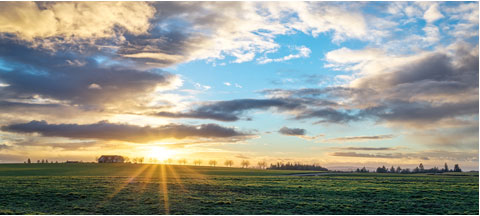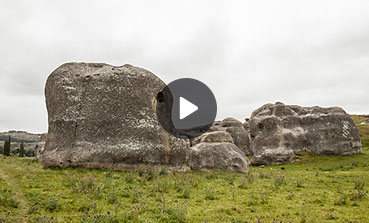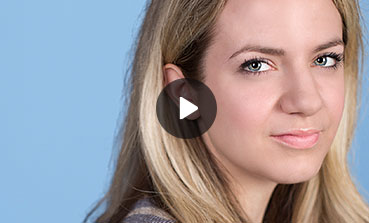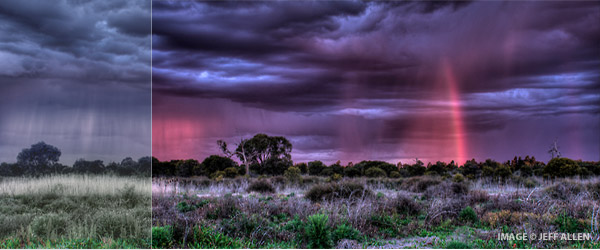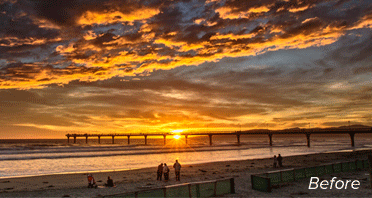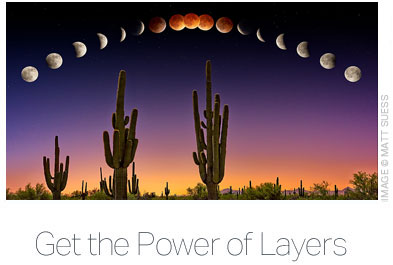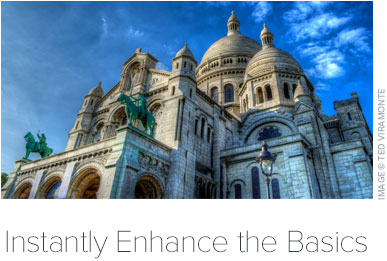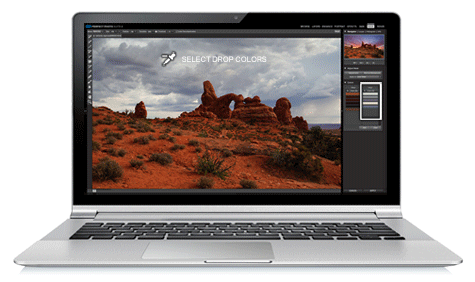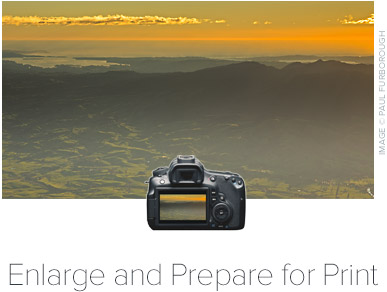 |
| First Snow, White Mountains - © Greg Clure |
This year in my Pro-Tip section I am writing about ways to get creative so your images will standout from the other 880 billion photos that are expected to be taken in 2014. For many reasons, winter is a great time to get outdoors and capture some unique images. Here's what makes winter special and some tips to ensure your winter images come out perfect.
For the following reasons winter is a great time for nature photography:
- The sun is at its lowest angle to the earth's surface which offers extended golden hour shooting time. Depending on your latitude the golden hour can be the golden two or three hours.
- Clean and fresh, snow can cover up what might be a dull unflattering scene and turn it into a clean and fresh winter wonderland.
- Fewer people and photographers are out and about when the weather outside is frightful. This means you'll have few if any unwanted people in your compositions and you'll likely be competing with fewer fellow photographers for the best vantage points.
- Hi-key images, those scenes that predominately feature highlight tones, are a natural when everything is covered in white.
- Lodging rates are generally lower in the winter season than the height of summer vacation rush when many locations see the majority of their visitors. Also booking a place can be much easier and last minute which can help time your visit right after a fresh dumping of new snow.
- Exposure will be your biggest challenge. Your camera's meter will want to under expose your wintery images and turn your white snow grey. So dial in a stop or two of overexposure to keep it looking white.
- Camera batteries drain much faster in cold weather so keep them warm in your pocket until you have your camera set up and your composition framed. I've had batteries stop working on me when shooting in the cold only to warm them again in my pocket which brought them back to life and allowed more shots to be taken.
- Moisture or lens fog can be an issue if you find yourself going in and out of the cold. Placing your lenses in Ziploc bags will prevent condensation in this scenario.
- Carry an emergency kit in your car: food, water, blankets, etc. that you hope you won't need to use but could save your life if you do need to use it.
- Dress in layers, in wool or synthetic materials, that will keep you warm and comfortable on your shoot. Being cold and miserable in not likely to be an enjoyable experience.
- Always, always, always check the weather forecast for the dates of your travel.










